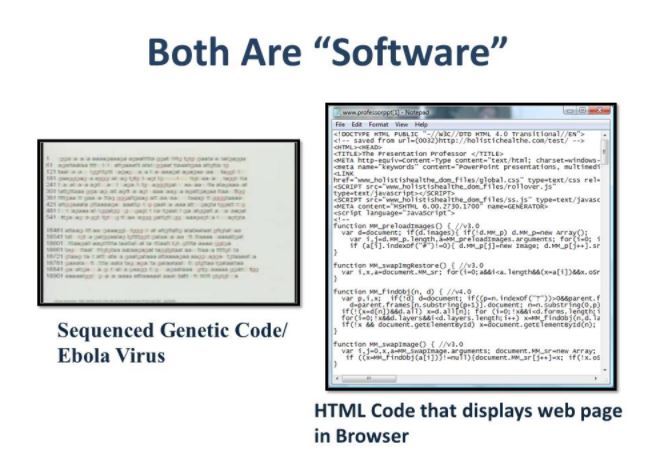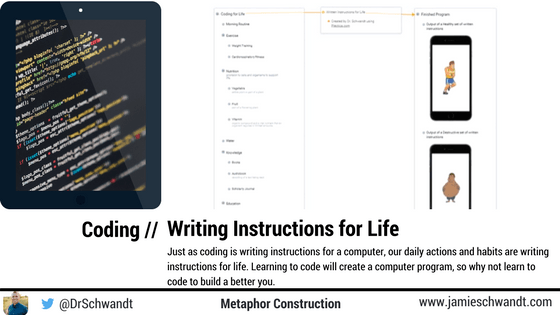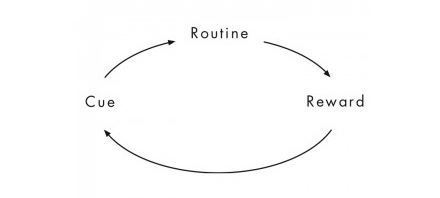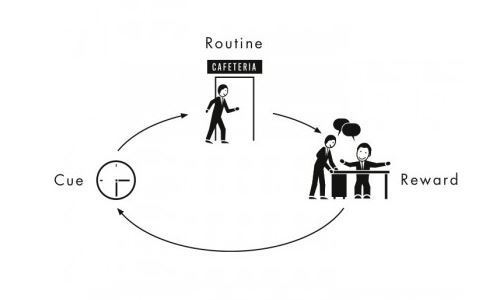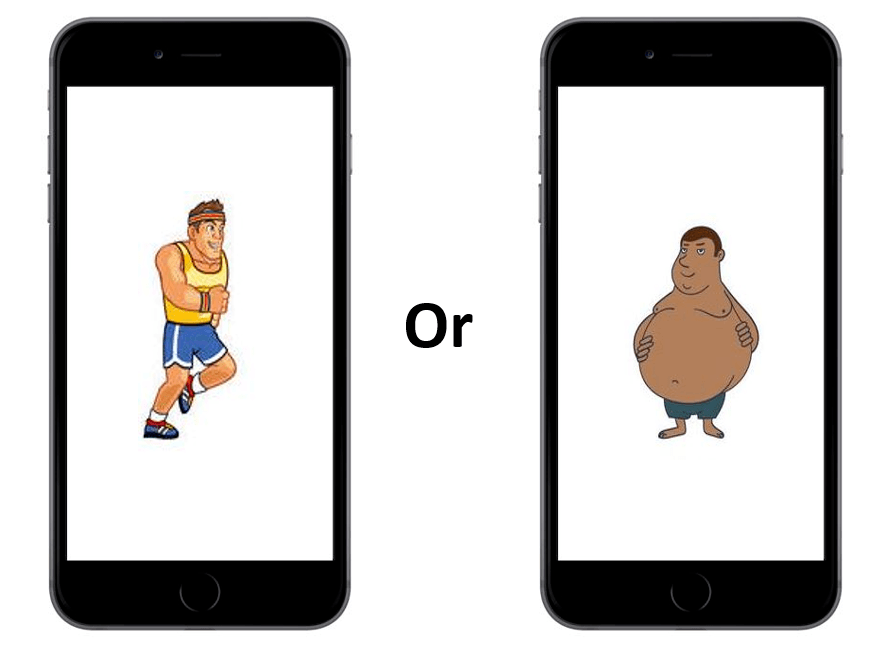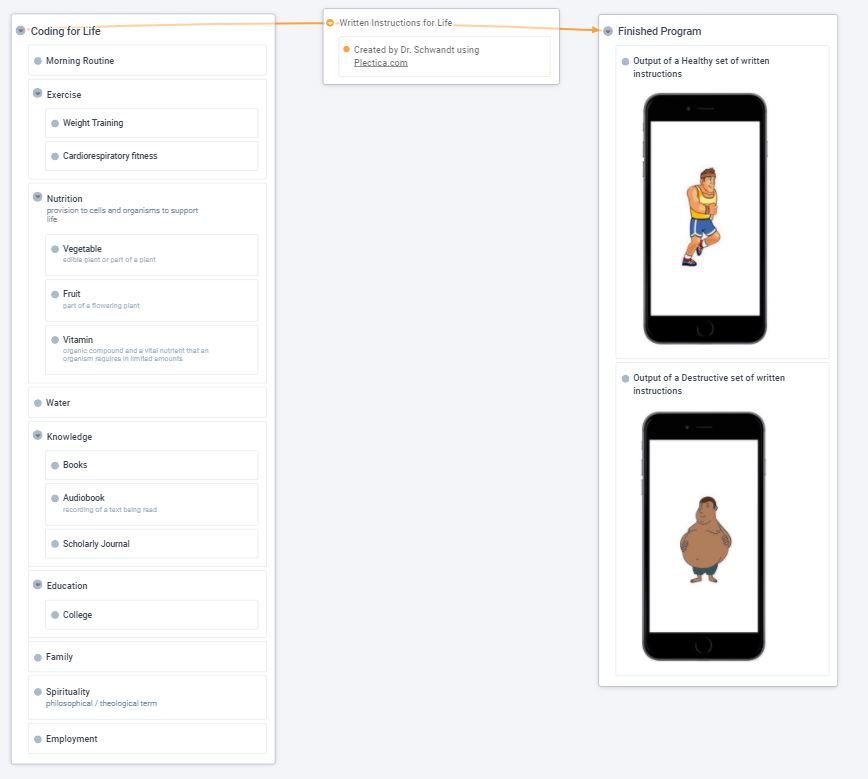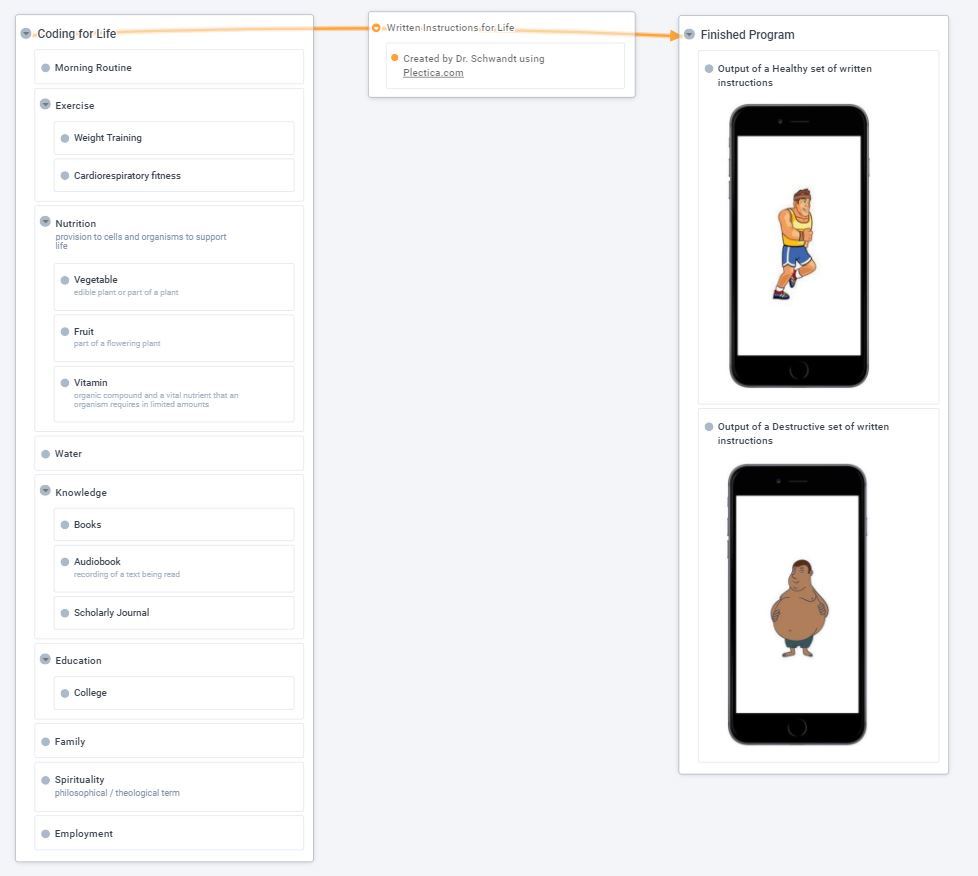If so, what would you think if I told you that you could reprogram your brain and break bad habits similar to how a computer programmer programs code? Sounds crazy right? Yet, it’s not. Similar to programming computer code, it is possible to reprogram deeply ingrained habits. Computer coding is a perfect metaphor for writing, hacking, or reprogramming our own instructions. We see this when we compare computer coding to habit formation. Think of trying to break bad habits and form new positive habits. Charles Duhigg, author of The Power of Habit remarked, So what exactly is computer coding, habit formation, and how can we reprogram our deeply ingrained habits?
What is Coding?
Coding is a finished set of instructions known as a program. We must write a code in a specific way for the program to work. In essence, we must write code in a language for which a computer can understand it. Many different computer languages exist, such as: HTML5, CSS, C, C++, Python, and JavaScript. Think of our life as a finished set of instructions. In order to reprogram it, we must write our own code in a way that will change our bad habits. Essentially, we must find a reward system our mind and body can latch on to. Vomputer code is similar to human DNA and it operates exactly like the code in computer software. Juan Enriquez informs us,[1] DNA is a self-replicating material present in all living life-forms and carries our genetic information. Tom Bunzel demonstrates the similarities in his book DNA is Software, Who “Wrote” the Code? by placing a sequenced genetic code side by side with Hypertext Markup Language (HTML), which is the code for a web page.
Coding as a Metaphor for Writing Instructions for Life
My intent here is not to ask who or what wrote our life code (or even how it is done). My intent is to demonstrate that computer programming language (code) is a metaphor for life. The computer program is our life, where the computer code is our habits.
We can change our habits and switch genes off and on through epigenetics. We know that contemporary geneticists are able to switch genes on and off using DNA internal software. Essentially, they are copying and pasting code.[2] Moreover, coding is writing instructions for computers, where a finished set of instructions is a computer program. Life is no different. Just as coding is writing instructions for a computer, our daily actions and habits are writing instructions for life. Learning to code will create a better computer program, so why not learn your code to build a better you?
Coding (Habit Breaking) Instructions
Charles Duhigg writes that every habit starts with a psychological pattern called a “habit loop” which is a three-part process.[3] First, we find the cue or trigger informing our brain to go into automatic mode. Second, we identify the routine, which is the behavior itself. Third, we identify the reward, which is the thing that makes our brain remember the “habit loop” in the future. Let’s examine how Duhigg used the “habit loop” to break his habit of going to the cafeteria and buying a chocolate chip cookie every afternoon.
Step 1: Identify the routine
Similar to understanding the structure and components of computer code, Duhigg writes that we must first understand the components of our loop.
Step 2: Experiment with rewards
We use specific inputs when we code, so why not change the inputs to see if we get a different output. Similarly, Duhigg experimented with his reward by adjusting his routine to see if it would deliver a different type of reward. For example, instead of walking to the cafeteria, he walked around the block.
Step 3: Isolate the cue
Duhigg says that we can ask ourselves (and record our answers) five things the moment an urge hits us in order to diagnose our habit. These questions are key to hacking our code (habits).
Step 4: Have a plan
Duhigg found once we figure out our “habit loop” we can shift our behavior. This is similar to rewriting code. Following Duhigg’s advice, we can reprogram or hack our code (habits) by actively making choices. We do this by making plans and a great strategy for this is through implementation intentions.
If-Then Strategy
An “If-Then” strategy is no different than computer language. IF you write a code, THEN you will get an output. This is where the computer coding // human life metaphor makes the most sense to me. For example, let’s first imagine we are born as a blank smartphone.
Now let’s visualize two different outputs for a sprite or image on our phone (representing us). This image represents two possibilities for our future life. We can become a healthy and fit person or we can become an overweight and depressed person.
We must learn to code or write instructions in order to become the healthy and fit person. Essentially, we must learn to reprogram (or code) our life. We can write instructions for our finished program (our life). I have identified specific instructions coded for my life in the image below. These instructions can also be imagined as habits. Let’s examine some of the larger blocks of code I have built (where the output has created a healthy and fit person): morning routine, exercise, nutrition, water, knowledge, education, family, spirituality, and employment.
Essentially, IF we following a morning routine, we can THEN jump start a healthy morning workout. IF we exercise, hydrate and eat right, we can THEN look and feel better. IF we strive to improve our knowledge and experience a close relationship with our family, THEN we can live a happy and healthy life.
More Resources About Boosting Brain Power
How to Increase Brain Power, Boost Memory and Become 10X Smarter 11 Tactics on Increasing Brain Power, Memory, and Motivation 8 Ways to Train Your Brain to Learn Faster and Remember More 10 Hacks to Increase Your Brain IQ, Focus and Creativity
Featured photo credit: pixabay via pixabay.com
